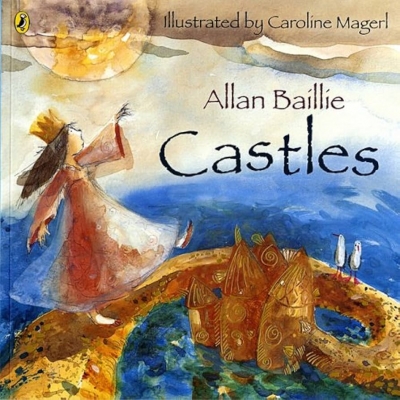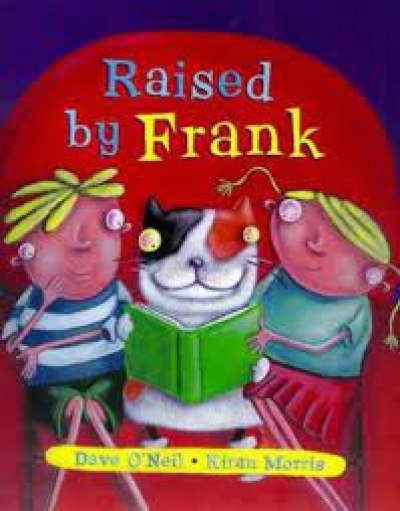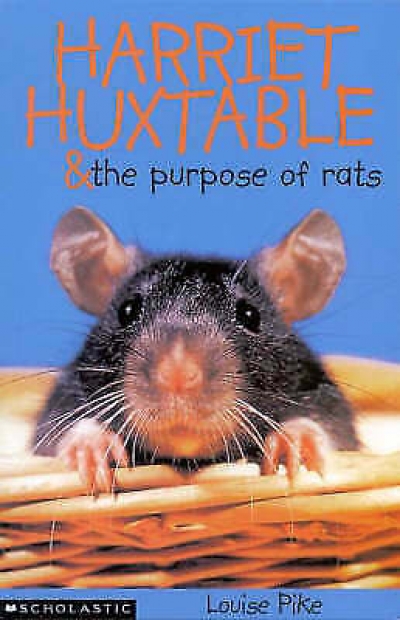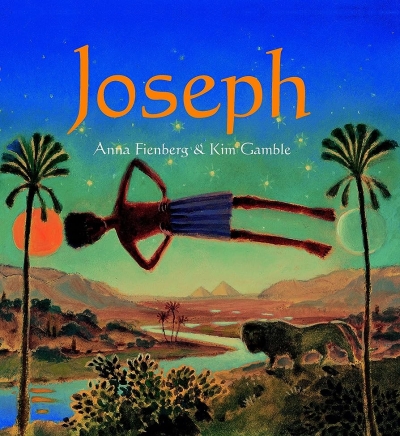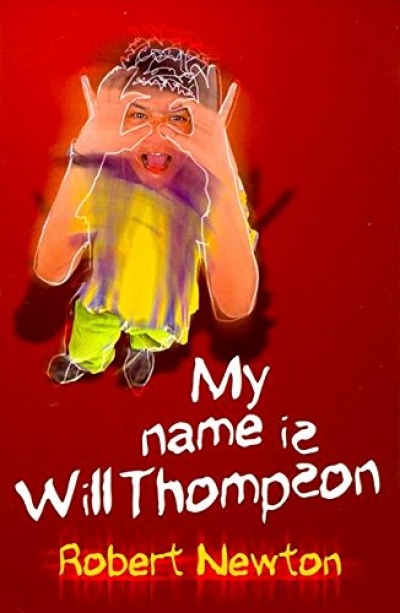Children's and Young Adult Books
History has never been so much fun,’ says the blurb of one of the books reviewed below. Welcome to the twenty-first century. Work is fun. History is fun. Writing is fun. Writing history must therefore be really fun!
... (read more)Changes in the composition of the family or friendship group are among the most challenging situations to confront children, so it is no surprise that many books for the upper-primary-aged reader address this theme.
... (read more)Katharine England
My favourite books this year have all been tales of self-discovery. I loved the teenage characters emerging from their crude, protective, school-induced carapaces into engaging, tender individuality that Melina Marchetta draws with such affection and humour in Saving Francesca (Viking). I was riveted by the magical adventures, beautifully told, of a nameless Chinese slave girl as she grows into her prestigious and responsible dragon-tending role in Carole Wilkinson’s memorable Dragonkeeper (black dog books); and by the lyrical language and clever interweaving of themes (the horrors of Hiroshima with the power of story and the blessings of friendship) in Kierin Meehan’s Night Singing (Puffin).
... (read more)Archie Fusillo
The following books manage to avoid patronising their intended audience by eschewing proven ‘age-appropriate’ characters and/or sanitised versions of contemporary issues inserted into formulaic plots. Finding Grace (Allen & Unwin), by Alyssa Brugman, balances pathos and drama in telling the story of a young woman, Rachel, who discovers the real meaning of heroism and personal strength when she leaves university to care for car accident victim Grace. Wildlight (Penguin), by David Metzenthen, weaves historical detail, an ear for dialogue, and a keen sense of adventure into a clever story of self-discovery by his illiterate protagonist Dirk Wildlight. Ian Bone’s The Song of an Innocent Bystander (Penguin) grips the reader with the force of its moral and ethical dilemma, while never straying from being a probable story set in a world that is becoming less and less predictable.
... (read more)When a children’s picture book first comes into the home, there is no way of telling whether it is going to be ‘the one’ – the one that will be read and reread; that will have pictures drawn about it and songs made up about it; that will be carried around and allowed to spend the night at the end of the bed. There’s no rhyme or reason to it; awards and critical acclaim don’t mean too much. The book is simply chosen, and becomes the centre of the child’s universe for a week, a month – a lifetime.
... (read more)Harriet Huxtable and the Purpose of Rats by Louise Pike
Pat Flynn’s Alex Jackson: Grommet gets off to a confused start: no less than fifteen named characters in five pages, and a narrator determined to cram in as much background information as possible. Eventually the story starts to sort itself out. When it does, as the title itself indicates, we are in Lockie Leonard territory. The surfboard is a skateboard, Dad is a retired boxer instead of a policeman and, like Tim Winton’s eponymous hero, Alex is having trouble adjusting to his first year of high school and coping with his raging hormones:
... (read more)The picture book format is the workhorse of children’s literature. It is expected to entertain and enlighten audiences ranging from infants and toddlers to young adults. Eric Carle’s The Very Hungry Caterpillar, the quintessential picture book for very young readers, introduces some basic concepts through simple text and colourful collage. At the opposite end of the spectrum, Isobelle Carmody’s fantasy novel, Dreamwalker, published earlier this year with illustrations and design by graphic artist Steven Woolman, has sophisticated teen appeal.
... (read more)
